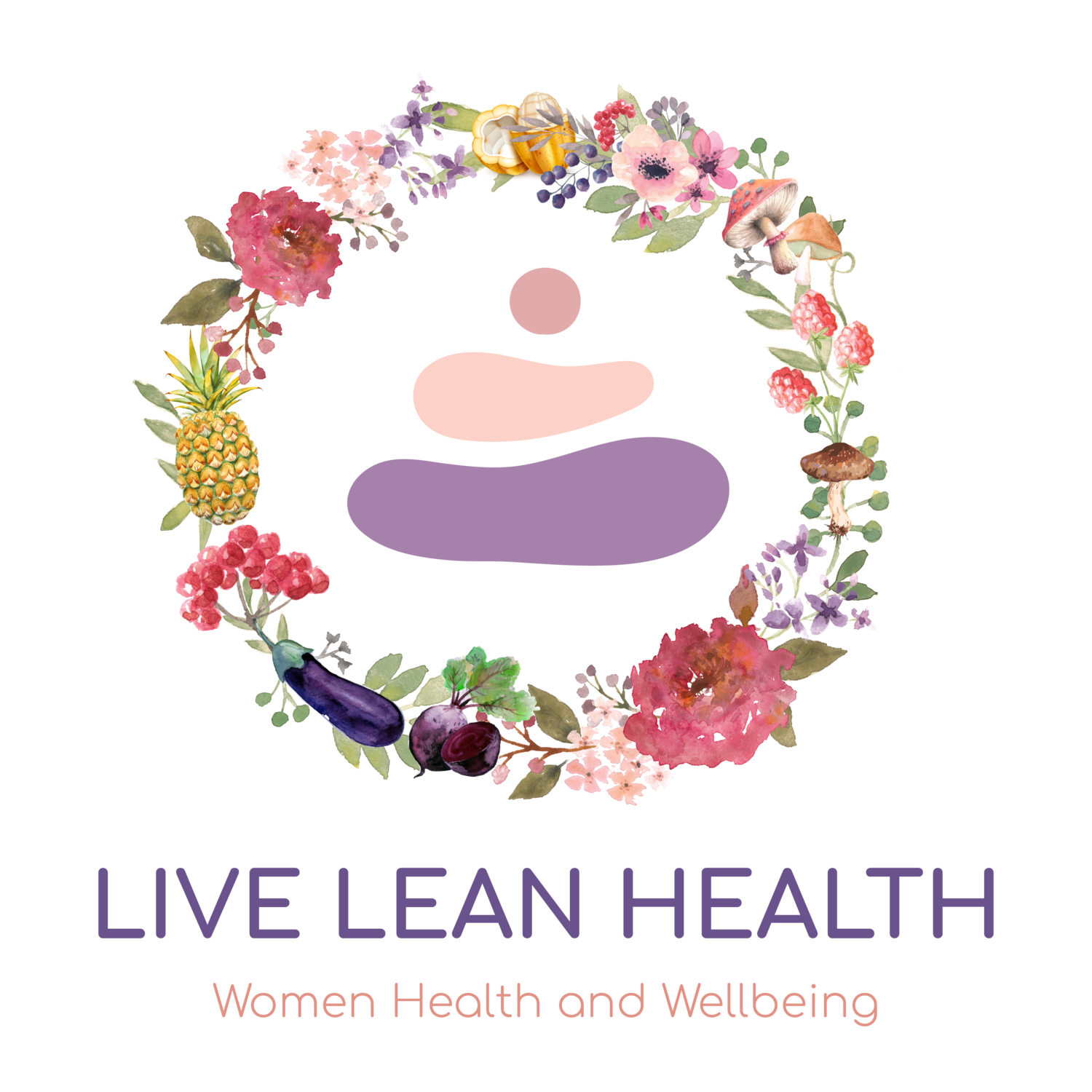Choosing Safe Cookware and Storage for a Healthier Kitchen
In recent years, there has been growing awareness of the potential health risks associated with certain types of cookware and storage materials. As a health expert, it is my duty to guide you towards making informed choices that promote your well-being. In this blog post, we'll delve into the safety aspects of various cookware materials, including cast iron, copper, ceramic, stainless steel and safe storage options such as glass.
The Harm of Teflon Non-Stick Pans:
Teflon non-stick pans have long been popular in our households for their ease of use and cleaning. However, the primary concern with Teflon-coated cookware is the release of perfluorooctanoic acid (PFOA), and other potentially harmful chemicals when exposed to high temperatures. PFOA has been linked to adverse health effects, including reproductive issues and developmental problems.
The Risks of Aluminium Pans and Pots:
While aluminium cookware is convenient and affordable, prolonged exposure to high levels of aluminum has been associated with neurodegenerative disorders, including Alzheimer's disease. Even pots and pans that are coated with “safer” “non toxic” materials pose an issue to users , as even one small scratch, can leech aluminium in the food. Chronic aluminum exposure has also been linked to Alzheimer’s disease and you can learn more on the subject on The Green Life, as i discuss this with Dr John McDougall
What are the safer cooking options then?
There are thankfully an array of health safe options that can assist us in making better choices for our cookware, and though some can feel like an investment at the beginning, they are extremely beneficial longterm and they are also durable (forever lasting durable) . Below some of my favourite options.
Cast Iron:
Cast iron cookware is lauded for its durability and even heat distribution. It also adds a small amount of iron to your food, which can be beneficial for those with iron deficiencies. Cast Iron is said to have been in use for cooking since 4000 years and very popular in China during the Han Dynasty
Recommended Brands: Lodge (US and EU), Netherton Foundry (UK)
Copper:
Copper cookware is not just functional, but extremely beautiful to look at! It always gives me that “farmhouse” vibe and I can imagine a beautiful stone kitchen with copper cookware on the stove and as decoration on its walls. Copper is amazing to cook with, as it provides excellent heat conductivity, allowing for precise temperature control. However, it is often lined with other metals to prevent reactions with acidic foods, so you have to check what those are before buying your copper cookware.
Recommended Brands: Mauviel (US and EU), Falk Culinair (UK)
Ceramic (Not Ceramic Coated Aluminium):
Pure ceramic cookware is free from potentially harmful coatings and offers a non-reactive surface. It is resistant to scratching and easy to clean. It is also damn pretty, if you ask me, and it is one of my favourite cookware material
Recommended Brands: Xtrema (US and EU), GreenPan (Worldwide).
Stainless Steel :
Stainless steel is a versatile and durable option, but it often contains nickel, which can be problematic for those with allergies. Seek out nickel-free stainless steel options for a safer choice. Good quality stainless steel cookware should be made from at least 18/8 or 18/10 grade Stainless Steel (also known as grade 304 Stainless Steel).
Recommended Brands: 360 Cookware (US), Stellar (UK ), ProCook (UK) Silampos (EU)
But where you cook your food is not the only thing to think about: where you store it, is equally as important! Plastic is sadly not a great options and i particularly cringe, when I see food being heated in plastic containers! Here a list of safer options to consider when storing or heating food.
Glass:
Glass containers are an excellent choice for food storage as they do not leach harmful chemicals into your food. They also stay free from food smells so that new food is not contaminated when leftovers are placed in it.
Recommended Brands: Pyrex , Lock & Lock (International)
Stainless Steel (Nickel-Free):
Stainless steel containers, as per pots, are durable and do not pose the same risks as some plastics or aluminium. Look for nickel-free options to ensure overall safety.
Recommended Brand: Onyx Stainless Steel (US), ECOlunchbox (US and Europe), Elephant Box (UK).
Creating a healthier kitchen involves making conscious choices about the cookware and storage materials you use. By opting for safer alternatives like cast iron, copper, ceramic, nickel-free stainless steel and glass, you can reduce your exposure to potential health risks. Always prioritise your well-being and choose reputable brands that put safety in their products first. But changing our pots , pans and storage material can feel overwhelming and so here some practical tips to make the switch without a hitch!
Gradual Replacement: Start by replacing the most frequently used cookware items first. This allows you to transition gradually without a significant upfront cost.
Explore Secondhand Options: Look for quality secondhand cookware at thrift stores, online marketplaces, or garage sales. Stainless steel and cast iron cookware can often be found in good condition.
Consider Combo Cookware Sets: Invest in combo cookware sets that offer a variety of pieces. This can be a cost-effective way to acquire a range of safe cookware items without buying each piece individually. Also wait for sales to be on as that can save you upwards of 40%
Careful Storage Practices: Extend the life of your cookware by practicing proper storage. Avoid stacking pots and pans, and use protective layers to prevent scratches and damage on the ones you already have.
Educate Yourself on Brands: Research and choose reputable brands known for producing high-quality, safe cookware. Reputable brands often prioritize health and safety in their manufacturing processes. That prevents disappinting purchases that then need to be replaced.
By making informed choices and gradually transitioning to safer cookware, you will manage the financial aspect of the change and the process will feel less overwhelming. Remember, every small step towards a healthier kitchen is a step in the right direction.
Worried about heavy metals exposure from your cookware? Work with me to support your body in getting healthier!
References:
2. https://www.ncbi.nlm.nih.gov/pmc/articles/PMC9517074/
3. https://www.consumernotice.org/environmental/water-contamination/pfas/cookware/
4. https://ehp.niehs.nih.gov/doi/10.1289/ehp.7483

